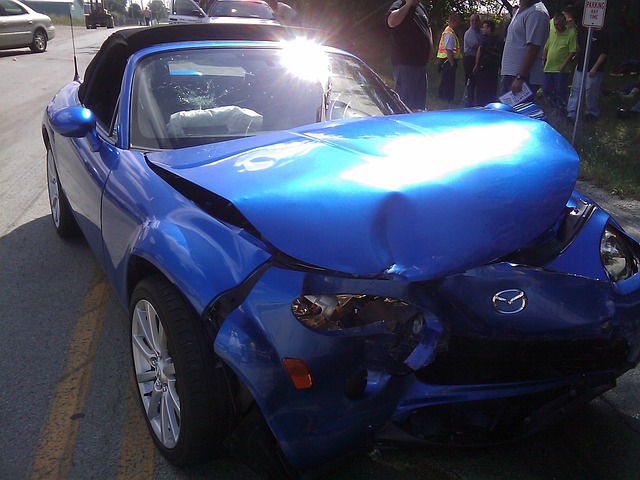Evaluating injuries from an icy sidewalk fall is crucial for preventing long-term complications. Even minor injuries can hide severe issues, demanding immediate medical attention. Delayed treatment complicates recovery and insurance claims. After such incidents, prioritize safety and at-home care, including rest, elevation, cold compresses, and pain relievers. Gentle exercises promote healing. For persistent pain or suspected severe injuries, seek medical help or legal counsel. To prevent future icy sidewalk falls, maintain your property with prompt snow/ice removal, adequate lighting, traction aids, and regular sidewalk inspection & repair.
After a fall on an icy sidewalk, proper medical care is essential for safe recovery. This guide provides crucial tips for managing injuries and preventing future accidents. First, evaluate your condition and seek immediate care for severe pain or limited mobility. Next, learn at-home strategies to manage pain and promote healing. Lastly, discover measures to avoid icy hazards, ensuring a smoother path ahead. Remember, quick action and proactive steps post-fall can significantly impact your well-being.
- Evaluating Injuries and Seeking Immediate Care
- At-Home Recovery and Pain Management
- Preventing Future Icy Fall Hazards
Evaluating Injuries and Seeking Immediate Care

After a fall on an icy sidewalk, evaluating your injuries is crucial. Even seemingly minor injuries from such accidents can have significant implications for your health and well-being, especially if left untreated. Promptly assess any pain, swelling, or discolouration in your limbs, back, or head. If you experience numbness, tingling, or difficulty moving a body part, seek immediate medical attention as these could be signs of more severe injuries like nerve damage or fractures.
Don’t delay in seeking healthcare, even if the fall seemed insignificant at first. Many icy sidewalk falls result in soft tissue injuries that might not be immediately apparent but can lead to long-term complications if left untreated. Timely intervention ensures better client recovery and can prevent escalating insurance disputes related to delayed treatment. Remember, your safety and well-being are paramount, especially when dealing with the potential aftermath of an icy sidewalk fall.
At-Home Recovery and Pain Management

After a fall on an icy sidewalk, proper at-home care is crucial for a swift and comfortable recovery. The first step in managing pain and discomfort is to rest and elevate the affected area. For instance, if your ankle is sprained, prop it up with pillows while you recline to reduce swelling and ease the acute pain. Applying cold compresses can also help numb the injury site and mitigate inflammation. Many over-the-counter medications, such as ibuprofen or acetaminophen, are effective in managing pain and reducing any stiffness that may develop.
Additionally, engaging in gentle exercises like stretching and range-of-motion moves once the acute pain subsides can aid in regaining mobility. Simple exercises like toe curls or ankle rotations can strengthen muscles and improve circulation, promoting faster healing. While seeking medical attention is essential for severe injuries, many mild to moderate icy sidewalk fall cases can be managed at home with proper care. Remember, if you’re dealing with persistent pain or suspect a more serious injury, consulting with a healthcare professional or even a specialized truck accident attorney (similar to an employment disputes lawyer) might be advisable, especially if the fall was due to someone else’s negligence, like poorly maintained sidewalks.
Preventing Future Icy Fall Hazards

To prevent future icy fall hazards, start by keeping your property well-maintained. Remove snow and ice promptly from walkways and entryways using a shovel or melted water. Install proper lighting around your home to ensure better visibility during winter conditions. Additionally, consider adding traction aids like salt or sand on high-risk areas to improve grip.
Regularly inspect and repair your sidewalks and driveways if cracks or uneven surfaces are present. These issues can contribute to falls, especially when covered in ice. Remember, proactive measures not only help prevent icy sidewalk falls but also ensure you have the right insurance coverage dispute resolution in case of any accidents. Protecting yourself from potential caregiver abuse is equally important, ensuring your safety and peace of mind.
After an icy sidewalk fall, proper medical treatment and prevention are key. Evaluating injuries and seeking immediate care is crucial for optimal recovery. At-home care and pain management can aid in healing, while addressing future hazards can prevent similar incidents. By understanding the steps outlined in this article, individuals can effectively navigate the aftermath of an icy sidewalk fall and reduce the risk of further injury.






